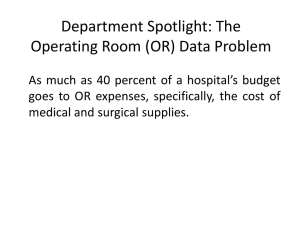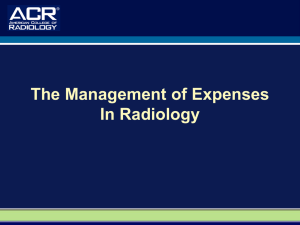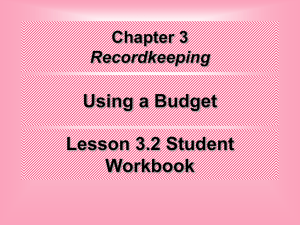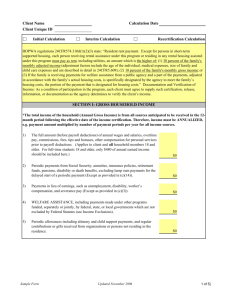A) Random Variables and Linear Combinations
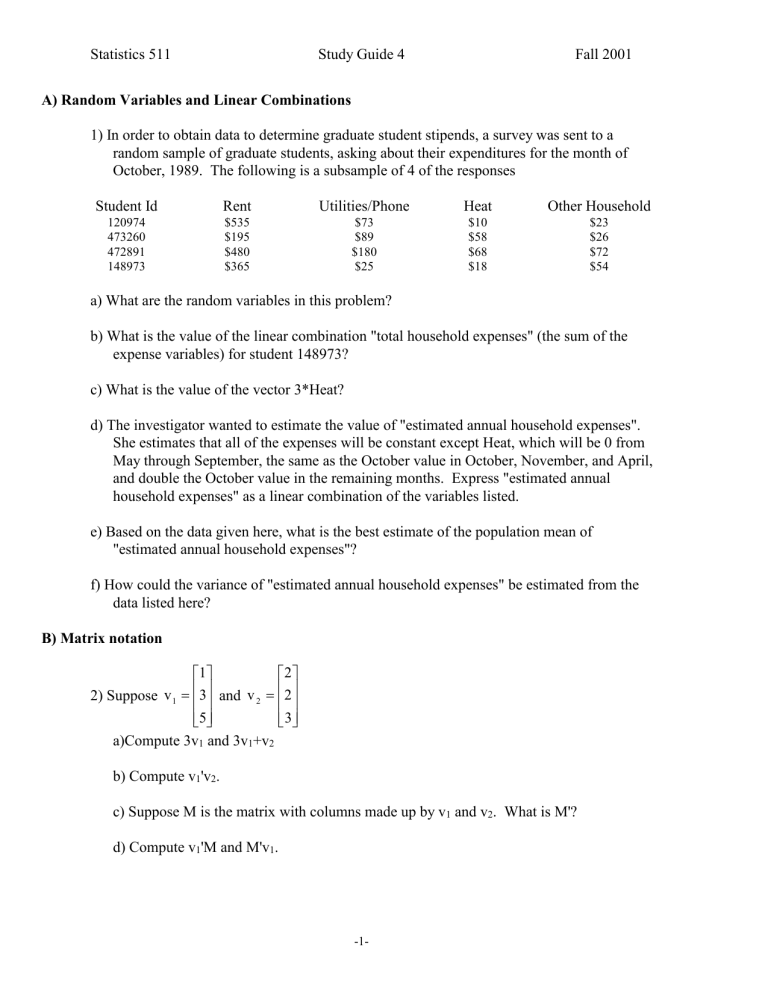
Statistics 511 Study Guide 4 Fall 2001
A) Random Variables and Linear Combinations
1) In order to obtain data to determine graduate student stipends, a survey was sent to a random sample of graduate students, asking about their expenditures for the month of
October, 1989. The following is a subsample of 4 of the responses
Student Id
120974
473260
472891
148973
Rent
$535
$195
$480
$365
Utilities/Phone
$73
$89
$180
$25
Heat
$10
$58
$68
$18
Other Household
$23
$26
$72
$54 a) What are the random variables in this problem? b) What is the value of the linear combination "total household expenses" (the sum of the expense variables) for student 148973? c) What is the value of the vector 3*Heat? d) The investigator wanted to estimate the value of "estimated annual household expenses".
She estimates that all of the expenses will be constant except Heat, which will be 0 from
May through September, the same as the October value in October, November, and April, and double the October value in the remaining months. Express "estimated annual household expenses" as a linear combination of the variables listed. e) Based on the data given here, what is the best estimate of the population mean of
"estimated annual household expenses"? f) How could the variance of "estimated annual household expenses" be estimated from the data listed here?
B) Matrix notation
2) Suppose v
1
1
3
5
and v
2
2
2
3
a)Compute 3v
1
and 3v
1
+v
2 b) Compute v
1
'v
2
. c) Suppose M is the matrix with columns made up by v
1
and v
2
. What is M'? d) Compute v
1
'M and M'v
1
.
-1-
Study Guide 3 Solutions
(A) Random Variables and Linear Combinations: a) The random variables are Student ID, rent, utilities/phone expenses, heating cost, and a miscellaneous category, "other household expenses". We are likely interested in ID only as a label, not as a variable to be analyzed. b) $365 + $25 + $18 + $54 = $462 c) (3
Heat)’ = ($30, $174, $204, $54) d) "estimated annual household expenses" for any one student would be
12
Rent + 12
U/P + 11
Heat + 12
Other e) Either apply the above linear combination to the average rent, average U/P, etcera, or determine the yearly household expenses for each student and then average them (linear combination of the averages, or average of the linear combinations):
12
$393.75 + 12
$91.75 + 11
$38.50 + 12
$43.75 = $6774.50 or
($7682 + $4358 + $9532 + $5526) = $6774.50 f) This question is a tricky one. If one tackles the linear combination of the averages approach, and computes the variance of estimated annual expenses as the sum
144Var(rent) + 144Var(U/P) + 121var(Heat) + 144Var(Other), one would almost surely be underestimating the variance because these variables are not independent; in fact, they are likely to be positively correlated. The correct approach would be to calculate a simple sample variance from the group of individual "estimated annual expenses". I calculated the variance both ways: the wrong way yielded 1,012,901 (SD = 1006.43); the correct way 1,317,904 (SD = 1148). The correct answer is over 30% larger than the incorrect one.
Statistics 511 Study Guide 4
(B) Matrix notation: v
1
1
3
5
, v
2
2
2
3
a) 3 v
1
3
9
15
, 3 v
1
v
2
3
9
15
2
2
3
5
11
18 b) v
1
' v
2
1 3 5
2
2
3
2
6
15
23 c) M
v
1 v
2
1
3
5
2
2
3
so M '
1
2
3
2
5
3
. d) v
1
' M
1 3 5
1
3
5
2
2
3
35
M ' v
1
1
2
3
2
5
3
1
3
5
35
23
.
23
.
Fall 2001
-3-




